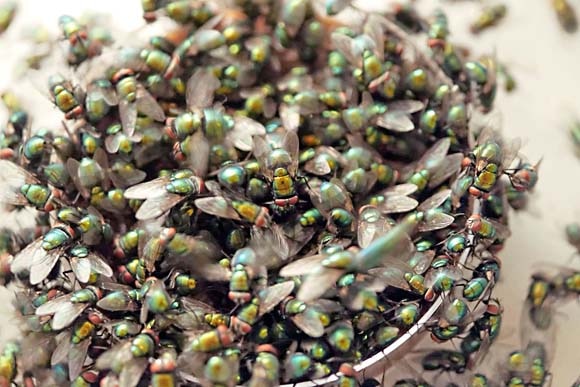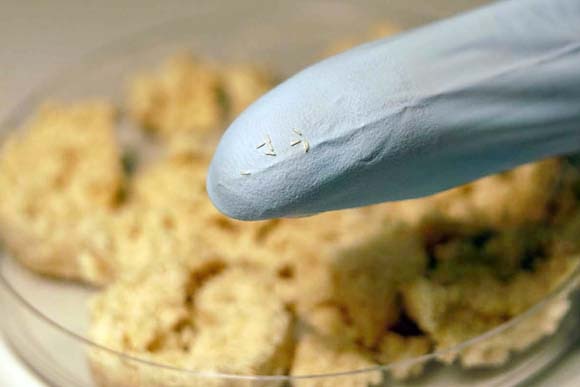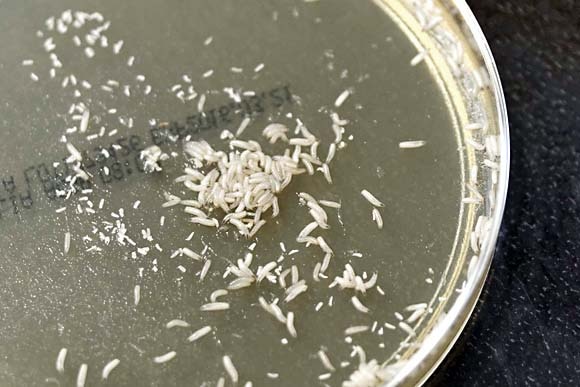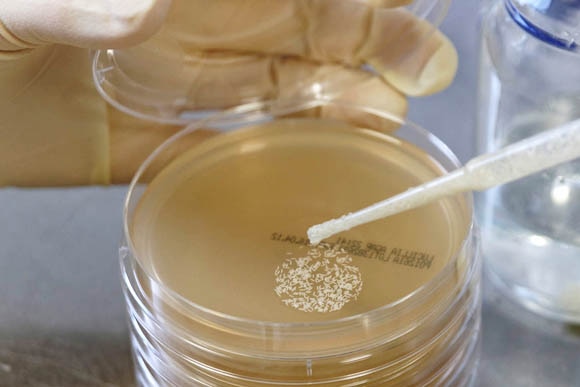“After all, we are manufacturing a medical product here,” says Judith van Leeuwen. Highly demanding hygiene standards and its painstaking quality management are the company’s backbone. That also applies to the room for breeding cabinets, in which the fly eggs, which have previously been disinfected, are hatched in Petri dishes within one day. “Merck KGaA, Darmstadt, Germany provides us with the Petri dishes containing the culture media, which it produces according to our own recipe,” says van Leeuwen. She explains that the composition of the culture medium was perfected by means of lengthy experiments to ensure optimal growth of the larvae. Without specific culture media, the production of larvae to be used as medical products would not be possible. “We are one of the few companies that manufacture customized products of this kind for microbiology in line with pharmaceutical requirements,” says Sheriff Aziz.
“That’s because we regard ourselves as a partner of our customers. We want to provide them with customized solutions that meet their needs.” Aziz, who has doctorates in biology and virology, is the Head of Sales for products for microbiological applications at the Merck KGaA, Darmstadt, Germany site in Eppelheim, Germany, which also provides the larvae producer with control strips for the room air and contact plates for the work surfaces. These devices are used to continuously monitor the microbiological status of the production rooms. “If nothing is growing, everything is all right,” says Aziz. Otherwise, bacteria colonies form on these control media, and the appropriate measures are then taken.
“That’s because we regard ourselves as a partner of our customers. We want to provide them with customized solutions that meet their needs.” Aziz, who has doctorates in biology and virology, is the Head of Sales for products for microbiological applications at the Merck KGaA, Darmstadt, Germany, site in Eppelheim, Germany, which also provides the larvae producer with control strips for the room air and contact plates for the work surfaces. These devices are used to continuously monitor the microbiological status of the production rooms. “If nothing is growing, everything is all right,” says Aziz. Otherwise, bacteria colonies form on these control media, and the appropriate measures are then taken.








